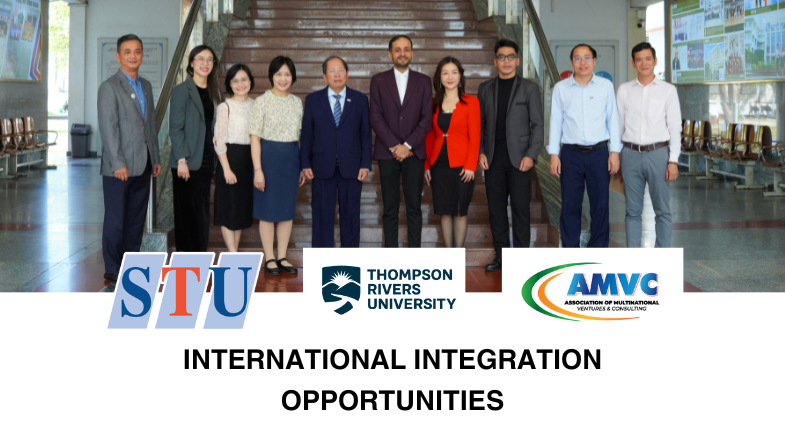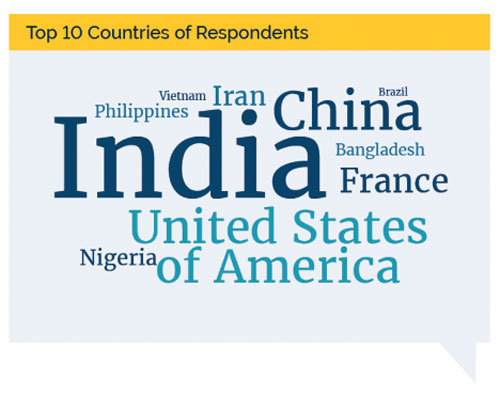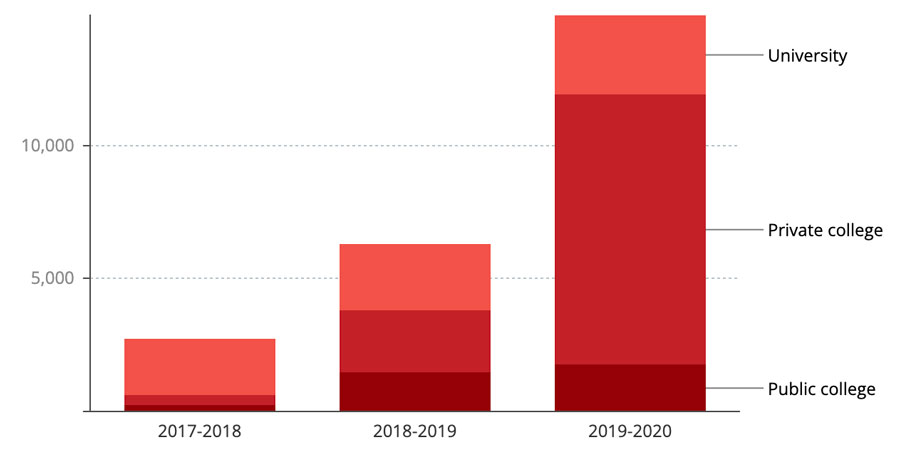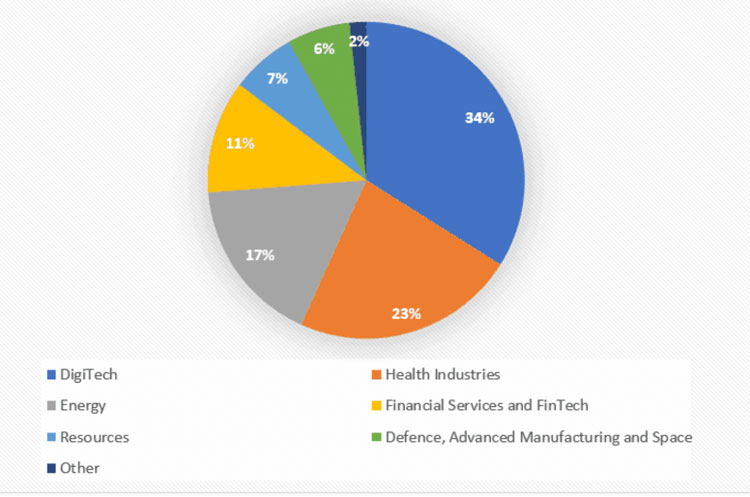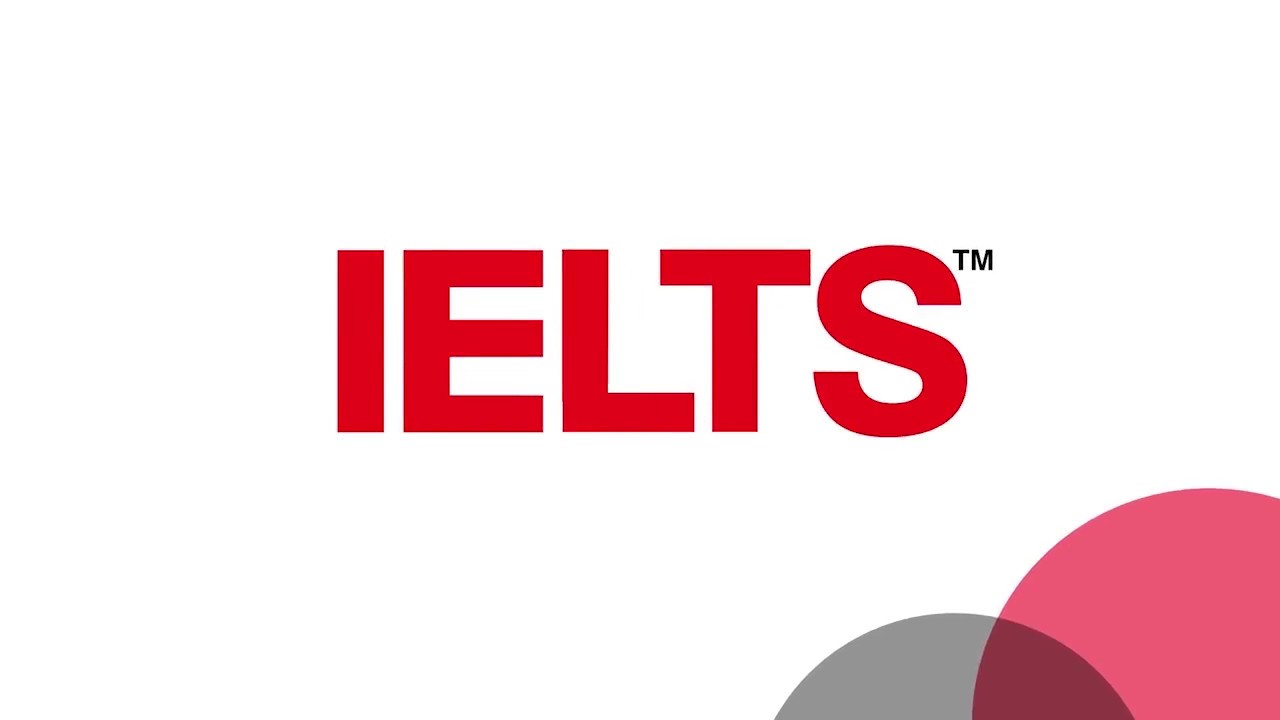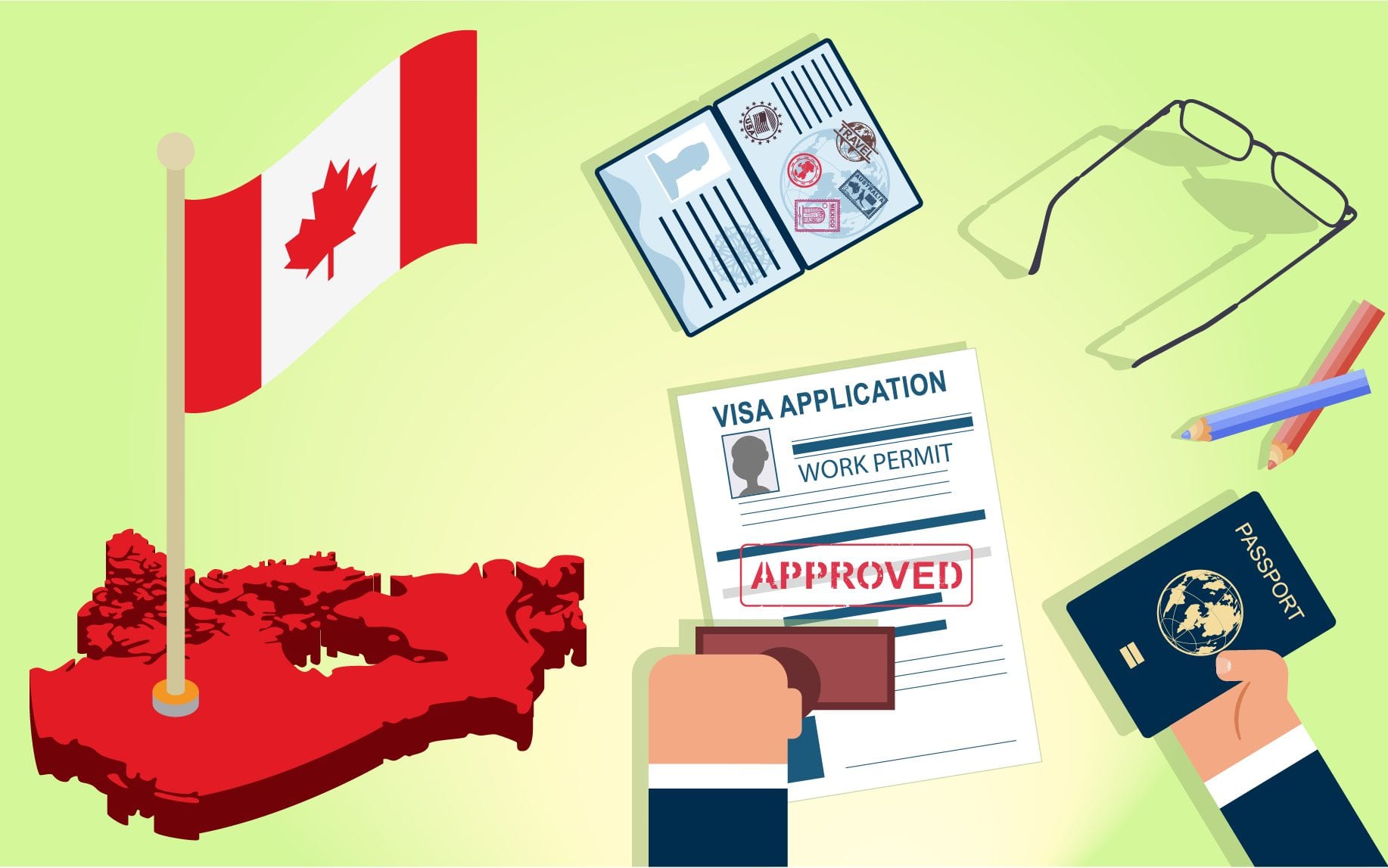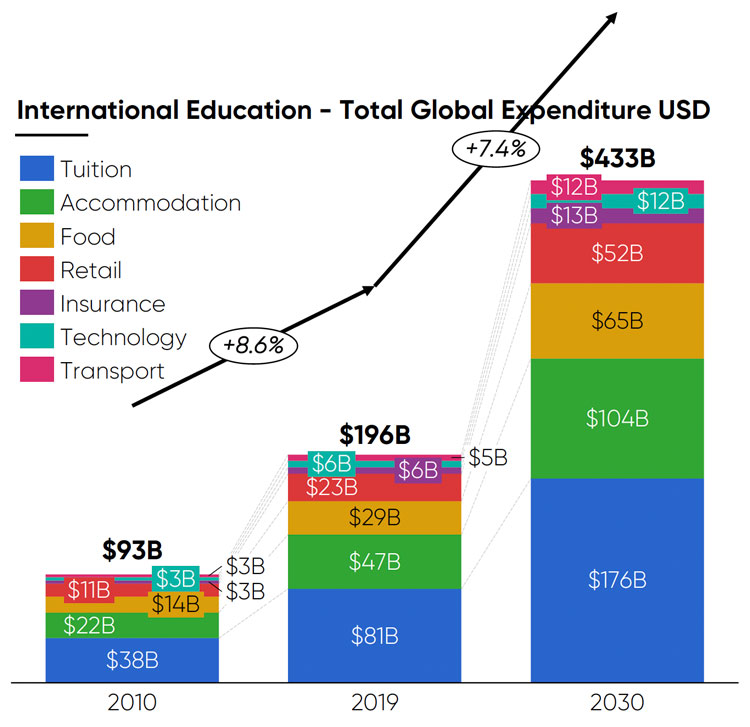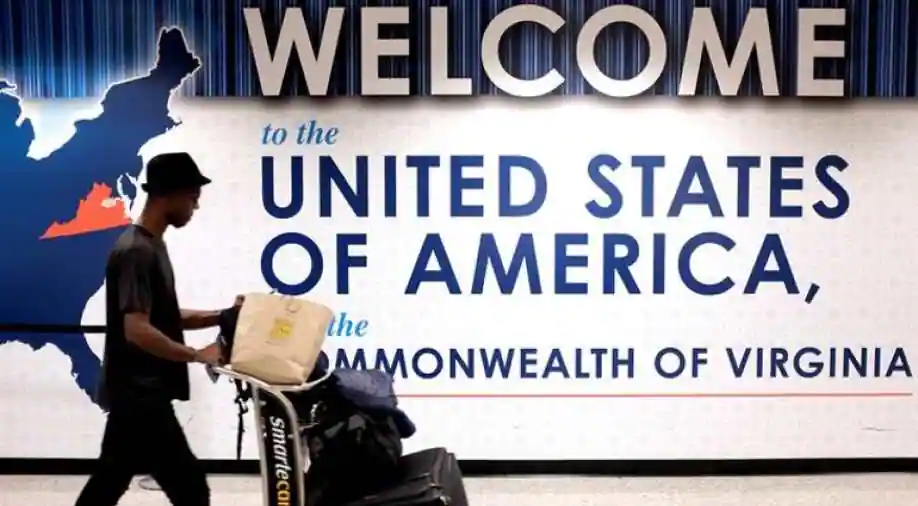The ideal option to immigrate to Canada depends totally on your objectives. There are more than 100 options for economic immigration. Finding the appropriate key to a lock is similar to picking one. We'll look at some of the most common permanent residency alternatives, as well as a few temporary residence possibilities, to help you get to Canada and improve your chances of a successful immigration journey.
Express Entry
The federal government's application management system for Federal High Skilled Immigration Programs and some Provincial Nominee Programs is called Express Entry (PNPs). It is sometimes referred to as the "Express Entry pool" because it is essentially an online repository of immigration applications.
You must be eligible for one of the Federal High Skilled programs, such as the Federal Skilled Worker Program (FSWP), the Canadian Experience Class (CEC), or the Federal Skilled Trades Program, in order to create an Express Entry profile (FSTP). You can also apply for Express Entry-aligned PNPs if you are eligible for these programs. It is not essential to be in Canada to be eligible, nor is it necessary to have a work offer from a Canadian employer.
When you submit your profile, the Comprehensive Ranking System assigns you a score out of 600. (CRS). Education, age, language competence in English or French, and skilled work experience (note that "skilled" work is a categorization on Canada's National Occupational Classification (NOC) system) all contribute to CRS points. If you are given a provincial nomination through a PNP, you will receive an additional 600 points. The maximum number of points available to Express Entry candidates is 1,200.
Invitation rounds are held every two weeks by Canada's immigration agency, Immigration, Refugees and Citizenship Canada (IRCC), in which Express Entry candidates are asked to apply for permanent residence. The top-scoring candidates receive Invitations to Apply (ITAs) and have 60 days to respond with a comprehensive application for Canadian immigration during these Express Entry draws. This is the last step before an immigration officer makes a decision on an Express Entry permanent residency application.
Provincial Nominee Program
Another popular immigration route, the PNP, provides permanent residency opportunities for persons who can contribute to area labor market priorities.
The PNP empowers provinces in Canada to design their own immigration policies. They could be fine-tuned to meet the demands of the provinces and territories of Canada. Except for Nunavut and Quebec, almost all of Canada's provinces and territories participate in the program. Quebec, on the other hand, has its own immigration program.
PNPs are divided into two categories: "enhanced" programs, which are aligned with Express Entry, and "basic" programs, which are controlled separately by provinces.
Candidates for enhanced programs are drawn from the Express Entry pool. If you earn a provincial nomination through one of these PNPs, your overall score will be increased by 600 CRS points. This prize will propel you to the top of the pool, paving the way for you to be invited to apply for permanent residency in a subsequent Express Entry draw.
For those who are not eligible for Express Entry, Base PNPs may be a possibility. To apply for a base PNP, you must first apply to the province, and if you are eligible, you will be nominated. You can then apply to the federal government for permanent residence once you get your certificate.
Other immigration-related federal programs
Other immigration policies in Canada are geared to the country's labor shortages. The Atlantic Immigration Program (AIP) may be for you if you want to come to one of Canada's four Atlantic provinces on the east coast. The program allows designated employers from Newfoundland and Labrador, Prince Edward Island, Nova Scotia, and New Brunswick to hire overseas labor. Workers are given a personalized plan for settling into their new neighborhood.
Caregivers, agri-food workers, and persons wishing to relocate to Canada's rural and northern regions all have immigration alternatives.
Alternatives for temporary housing
By visiting, studying, or working in Canada, you can obtain temporary residence. More immigration alternatives may open up as a result of your studies and professional experience in Canada. Immigrants with professional expertise in Canada before to immigration make more money and have more chances of finding work, according to research.
Canada is a great place to study.
With over 600,000 international students, Canada is one of the world's most popular locations for international students. International students are drawn to Canadian schools because of the high quality of education they receive, as well as the opportunities to work during the school year, during academic breaks, and after graduation, and the pathways to permanent residency that are made available to international student graduates.
In Canada, there are around 1,500 Designated Learning Institutions that accept overseas students. Graduates of these schools may be eligible for an open work permit, allowing them to stay in Canada for up to three years following graduation.
To study in Canada, you must first be accepted into a Canadian institution. After receiving your acceptance letter, you can apply for a study permit.
On a Post-Graduation Work Permit, international students may be eligible to stay in Canada for up to three years after graduation (depending on the length of their academic program) (PGWP). International students must have studied full-time in person for at least eight months to be eligible. Those who studied online between the spring of 2020 and August of 2022 are still eligible for the PGWP.
Student Direct Stream
Through the Student Direct Stream, students may be able to get a study permit more quickly (SDS).
All SDS study permit applications will be processed in 20 days, according to Canada.
To apply for a study permit in Canada through the SDS, you must first:
- provide a copy of a letter of acceptance from a Canadian Designated Learning Institution;
- present a confirmation document for your upfront medical exam;
- prove that you have a Guaranteed Investment Certificate (GIC) of $10,000
- prove that tuition fees for the first year of study are paid;
- show proof that you either completed studies at a Canadian curriculum high school or show proof of a language test results demonstrating an IELTS score of 6 in English or NCLC 7 for French; and
- submit the application at a Visa Application Centre (VAC).
If your application is accepted, you will receive a letter of introduction as well as a temporary resident visa to visit Canada. When you get in Canada, you'll show it to a visa officer.
Canadian work permits
A work permit is normally required to work in Canada. Certain people who come to Canada in search of work but do not enter the labor market may be able to work without a work visa, but only in exceptional situations.
The Temporary Foreign Worker Program (TFWP) and the International Mobility Program (IMP) are the two major work visa programs in Canada (IMP). From the standpoint of the worker, the key difference is that TFWP permits require a Labour Market Impact Assessment (LMIA), while IMP work permits do not. The LMIA is the duty of the employer, as it demonstrates to the federal government that hiring a certain foreign worker would have a neutral or positive impact on the Canadian labor market. LMIAs are not required for IMP work permits because the work performed by the employees provides a significant benefit to the country or is part of a reciprocal arrangement between Canada and another country.
An Intra Company Transfer, for those who work in multinational corporations, is an example of an LMIA-exempt work visa. The Global Talent Stream, for example, could be used in the Temporary Foreign Worker Program.
Intra-Company Transfer
Intra-Corporate Transfers may be an option for businesses with offices in a foreign country and Canada. Multinational company executives, managers, and personnel with specific skills may be able to relocate from a country to work for a parent company, branch, subsidiary, or affiliate in Canada.
ICT work permits are valid for one year and can be renewed if necessary. To be qualified for the ICT, both the organization and the transferee must meet specific requirements. Employees must, for example, have been continuously employed (via payroll or a contract) by the company that plans to transfer them to Canada in a similar full-time position for at least one year in the three-year period immediately preceding the date of the initial application. It's likely that the company is already doing business in Canada.
Start-ups have their own set of criteria. Start-ups must demonstrate, among other things, that they can financially sustain the operation's start-up expenditures and that they can reward personnel.
Global Talent Stream
Through the Global Talent Stream, tech employees may be eligible for a two-week work permit. Workers must either be engaged by a Canadian firm who has a designated referral partner or work in a high-demand tech occupation to be eligible.
Computer information systems managers, computer engineers, mathematicians, information systems analysts, and consultants are among the eligible tech vocations.
Conclusion
Canada plans to welcome 431,645 newcomers in 2022, a new high. According to the 2022-2024 Immigration Levels Plan, that figure will only rise over the next three years. Immigration is frequently portrayed in Canada as beneficial to the economy, population growth, and the country's multicultural identity.
Source: CICNews




